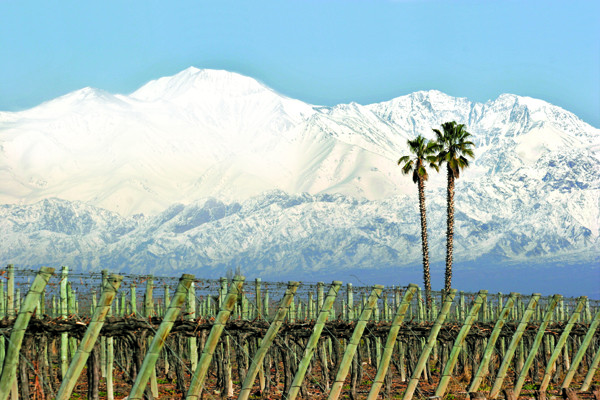Decanter team attends a masterclass with fake fine wine hunter Maureen Downey, of Chai Consulting and winefraud.com. Below, find our 10-point guide on suspicious signs to look for...

If anyone thinks that fake fine wine stopped with the conviction and jailing of arch-counterfeiter Rudy Kurniawan, they’re fooling themselves, according to expert Maureen Downey.
Hundreds of wines concocted by Kurniawan, AKA ‘Dr Conti’, were destroyed at a US landfill site last year, but others were never found.
Added to that, wine fraud investigations remain a frequent occurrence.
Downey, who has spent more than a decade attempting to shine a light on the issue, this month launched the Chai Wine Vault system in an effort to guarantee a wine’s provenance and authenticity.
Here, based on a recent seminar given by Chai Consulting’s Maureen Downey and Siobhan Turner, are 10 things to watch out for…
1. Beware of unicorns

Wines that, as Downey puts it, ‘exist only in the mind of the wine counterfeiter’, such as a five-litre bottle of Cheval Blanc 1945. The size wasn’t introduced in Bordeaux until 1978.
This is one of the ways that Burgundy’s Emmanuel Ponsot caught out Rudy Kurniawan. During Kurniawan’s trial, Ponsot pointed out that a bottle of his Clos Saint-Denis 1945 seized from Kurniawan ‘cannot exist’, because he only started making wine under this appellation in 1982.
2. Check the label colour

Paper has changed over the years, with a formula called ‘ultrawhite’ introduced from 1957, said Downey. This fluoresces under blue light, so if you’ve got an ultrawhite label on a bottle of ’45, chances are it’s a fake.
3. Read the small print

Most fine wine labels use a plate press, so look closely for the colour separation from a three-colour screen process, or the squared edges from a dot matrix – the differences can be glaring.
4. Get your facts straight

Does the label information chime with history? For example, would a Lafite 1811 vintage mention the Pauillac AOC, dating from 1936, or the Rothschild family, owners from 1868?
5. Showing its age?

Counterfeiters use all manner of techniques to make that shiny new label look its (false) age. Staining from tobacco, dirt from shellac, the characteristic grooved marks from sandpaper. Some labels, oven-baked in batches, show the ‘ghost’ of another label under close examination.
6. Glue: a sticky situation
Glue can be forensically aged – the classic ‘white’ glue was used from the 1960s and, like ultrawhite paper, fluoresces under blue light. Be wary of glue stains around label edges, in nicks and tears, and under capsules – all suspicious signs.
7. Capsules: old or new?

Over the years, food packaging laws have dictated a switch from lead to tin to aluminium. If the capsule has multiple creases, it’s probably been reapplied. Other giveaways: thumbprints on wax capsules; residue left from a previous closure; a recycling logo on an old bottle.
8. Corks: tell-tale signs

Bordeaux corks are typically 52-55mm long, and are branded, rather than inked. Check for ‘Ah-so’ marks – the grooves left in the side of a cork by a two-pronged cork puller. For corks made from agglomerate, look for dirt under the capsule masking the cork.
9. Glass: seeing through the fakes

A hand-blown bottle from the 19th century tends to wobble on a flat surface. Post-1930, French bottles should have their capacity – eg 75cl – embossed somewhere on the glass.
10. Sediment: a dirty business

Wine sediment is hard to fake, so check for its presence, size and general appearance. Is it too chunky? Some fake sediment sparkles like glitter under light.
Translated by Leo / 孔祥鑫
All rights reserved by Future plc. No part of this publication may be reproduced, distributed or transmitted in any form or by any means without the prior written permission of Decanter.
Only Official Media Partners (see About us) of DecanterChina.com may republish part of the content from the site without prior permission under strict Terms & Conditions. Contact china@decanter.com to learn about how to become an Official Media Partner of DecanterChina.com.











Comments
Submit